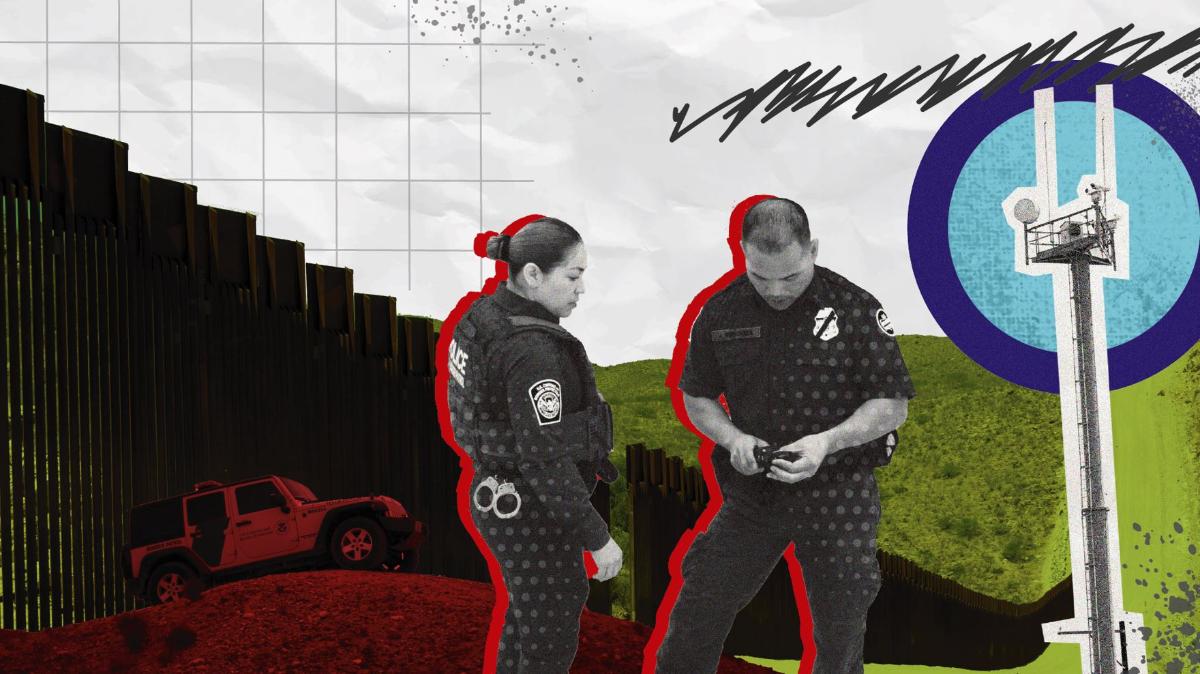The Impact of Surveillance Technology on U.S.-Mexico Border Crossings
Conceptos Básicos
The author argues that the increasing use of surveillance technology along the U.S.-Mexico border is leading migrants to take more dangerous routes, resulting in higher death tolls. The main thesis is that the proliferation of surveillance infrastructure is inadvertently creating a deadly environment for migrants, pushing them towards treacherous paths.
Resumen
Surveillance technology along the U.S.-Mexico border, particularly in Arizona's Tucson Sector, is forcing migrants onto riskier routes to avoid detection. The use of cameras, sensors, drones, and aerial surveillance has led to an increase in migrant deaths due to dehydration and exposure. Despite efforts to enhance border security through advanced technology, critics argue that the surveillance apparatus has transformed the region into a deathtrap for those seeking entry into the United States.
Personalizar resumen
Reescribir con IA
Generar citas
Traducir fuente
A otro idioma
Generar mapa mental
del contenido fuente
Ver fuente
www.context.news
Surveillance tech makes U.S.-Mexico border even deadlier | Context
Estadísticas
Known deaths on the United States-Mexico border reached a high of 727 last year.
$743 million was allocated for border surveillance tech from 2017-20 under former President Donald Trump.
Biden's 2022 budget proposal includes $1 billion for both "border infrastructure" and "investments in modern border security technology and assets."
Citas
"There's simply no humanitarian way to surveil the border." - Sam Chambers
"(People smugglers) take them up to the mountains and say, 'Go, this is your best chance'. They don't care about human life." - John Mennell
Ideas clave extraídas de
by Avi Asher-Sc... a las www.context.news 02-21-2024
https://www.context.news/surveillance/surveillance-tech-makes-us-mexico-border-even-deadlier
Consultas más profundas
How can policymakers balance border security with humanitarian concerns regarding migrant safety?
Policymakers face a challenging task in balancing border security with humanitarian concerns for migrant safety. One approach is to invest in technology that enhances surveillance capabilities while also ensuring that these tools are used responsibly and ethically. This includes implementing safeguards to prevent the misuse of surveillance data and ensuring transparency in how these technologies are deployed.
Additionally, policymakers should prioritize addressing the root causes of migration by investing in economic development, social programs, and conflict resolution efforts in countries of origin. By creating more opportunities for people to thrive in their home countries, policymakers can reduce the need for individuals to undertake dangerous journeys across borders.
Furthermore, collaboration with international organizations, NGOs, and local communities is essential to ensure that border security measures do not compromise human rights or endanger vulnerable populations. Policymakers must engage with stakeholders from diverse backgrounds to develop comprehensive policies that consider both security needs and humanitarian concerns.
Is there evidence to suggest that increased surveillance technology effectively deters illegal crossings?
While increased surveillance technology may help authorities detect and monitor illegal crossings along the U.S.-Mexico border, there is limited evidence to suggest that it effectively deters such activities. Research indicates that migrants often adapt their routes and methods based on where surveillance infrastructure is concentrated, leading them into more perilous terrains where they face greater risks of injury or death.
Moreover, reports show that despite heightened surveillance measures over the years, the number of undocumented migrants attempting crossings has remained high. This suggests that while surveillance technology may aid in apprehending individuals after they have crossed the border, it does not serve as a significant deterrent against unauthorized entries.
Critics argue that relying solely on technological solutions without addressing underlying socio-economic factors driving migration may be ineffective in reducing illegal crossings. Therefore, a holistic approach combining smart border technologies with comprehensive immigration policies and international cooperation is necessary to address migration challenges effectively.
How does the use of surveillance tech impact indigenous communities living near the U.S.-Mexico border?
The use of surveillance technology near the U.S.-Mexico border has significant implications for indigenous communities residing in these areas. Indigenous groups like the Tohono O'odham Nation have expressed concerns about how increased monitoring affects their way of life and traditional territories.
Surveillance towers erected on tribal lands raise issues related to privacy violations and encroachment on sacred sites. Additionally, heightened militarization due to enhanced monitoring can lead to tensions between indigenous peoples and law enforcement agencies operating within their territories.
Furthermore, some members of indigenous communities have reported feeling targeted or discriminated against by intrusive surveillance practices aimed at curbing unauthorized migrations through their lands. The presence of such technologies can disrupt community cohesion and exacerbate existing challenges faced by indigenous populations living near borders.
Overall, it is crucial for policymakers to engage meaningfully with indigenous leaders when implementing surveillance measures near tribal lands. Respecting tribal sovereignty rights and cultural sensitivities while considering alternative approaches towards enhancing border security will be essential in mitigating adverse impacts on indigenous communities.
0
